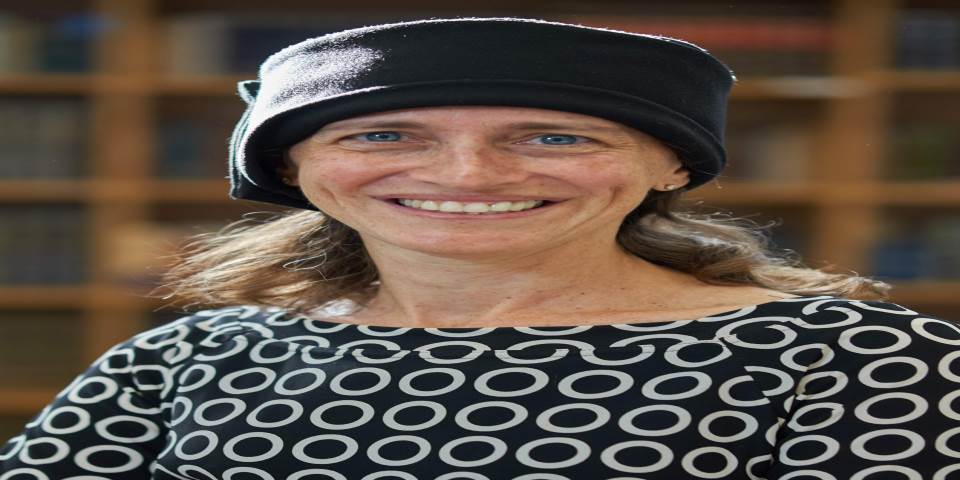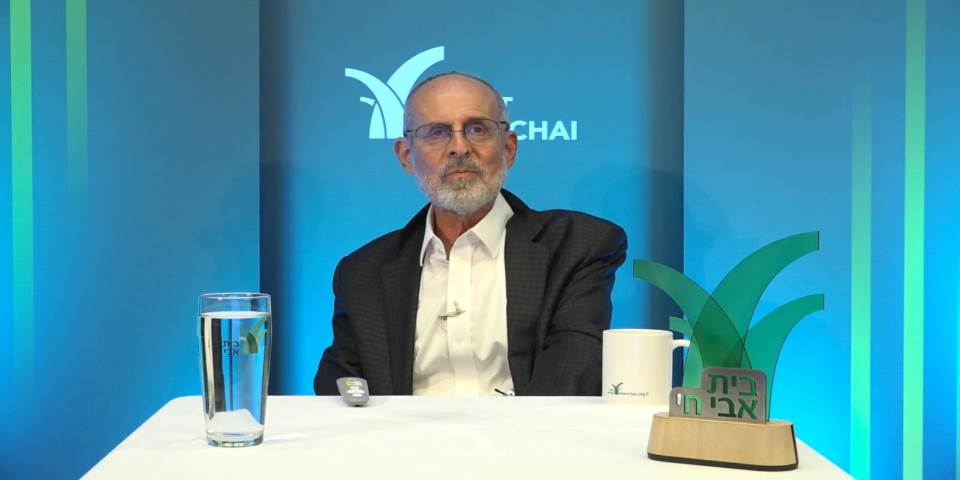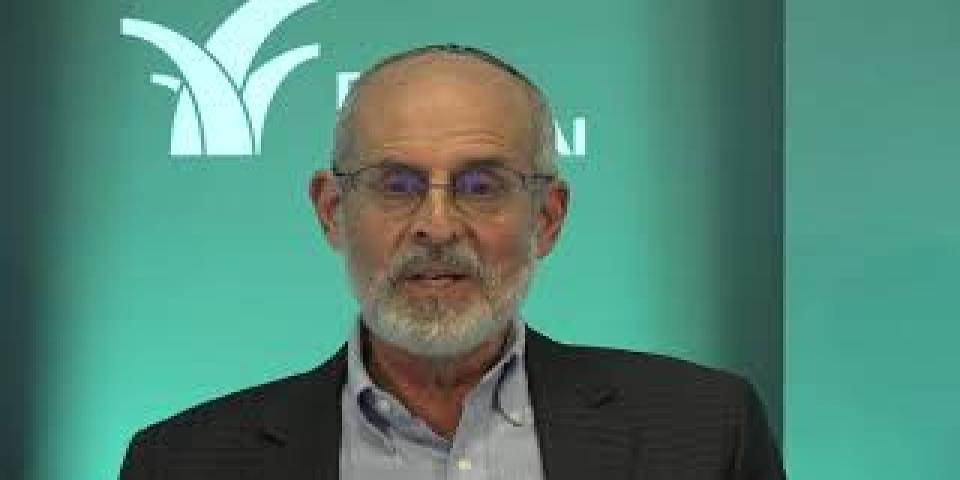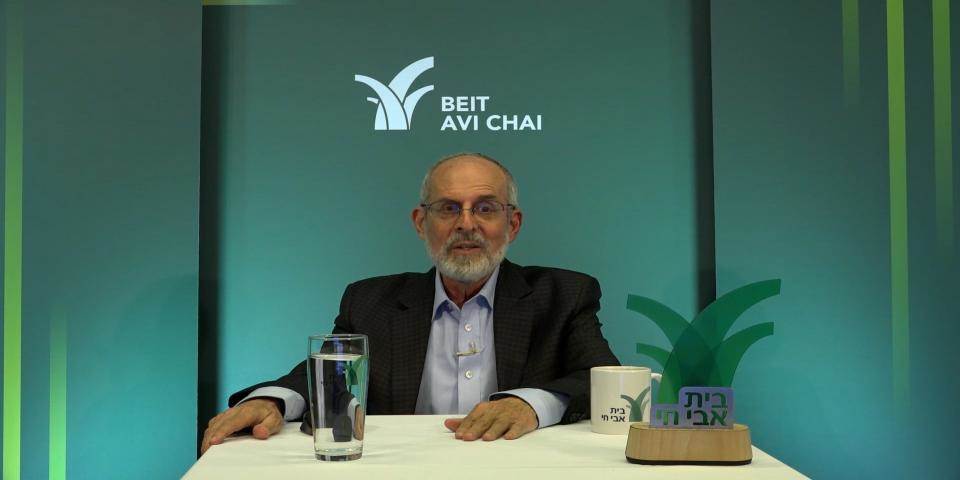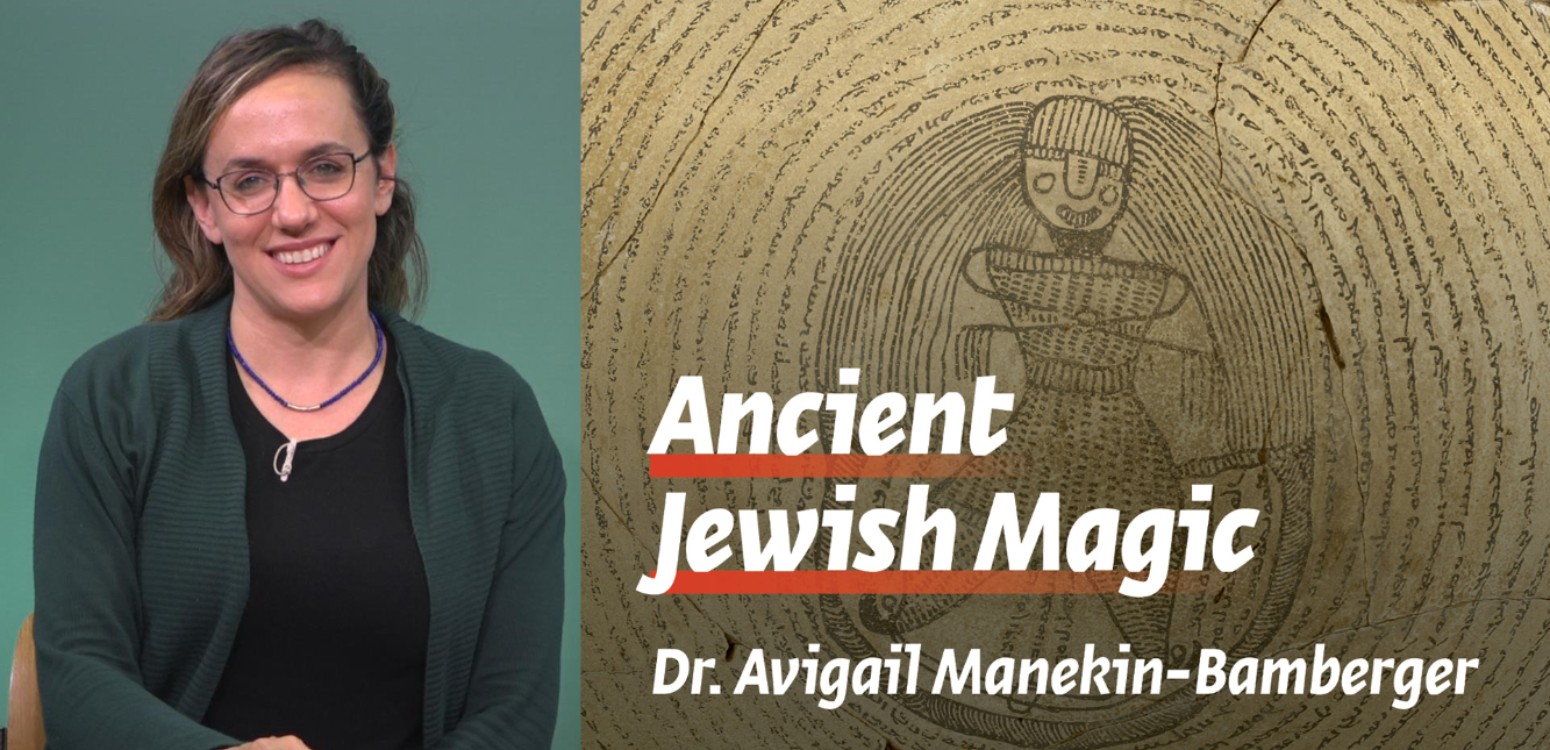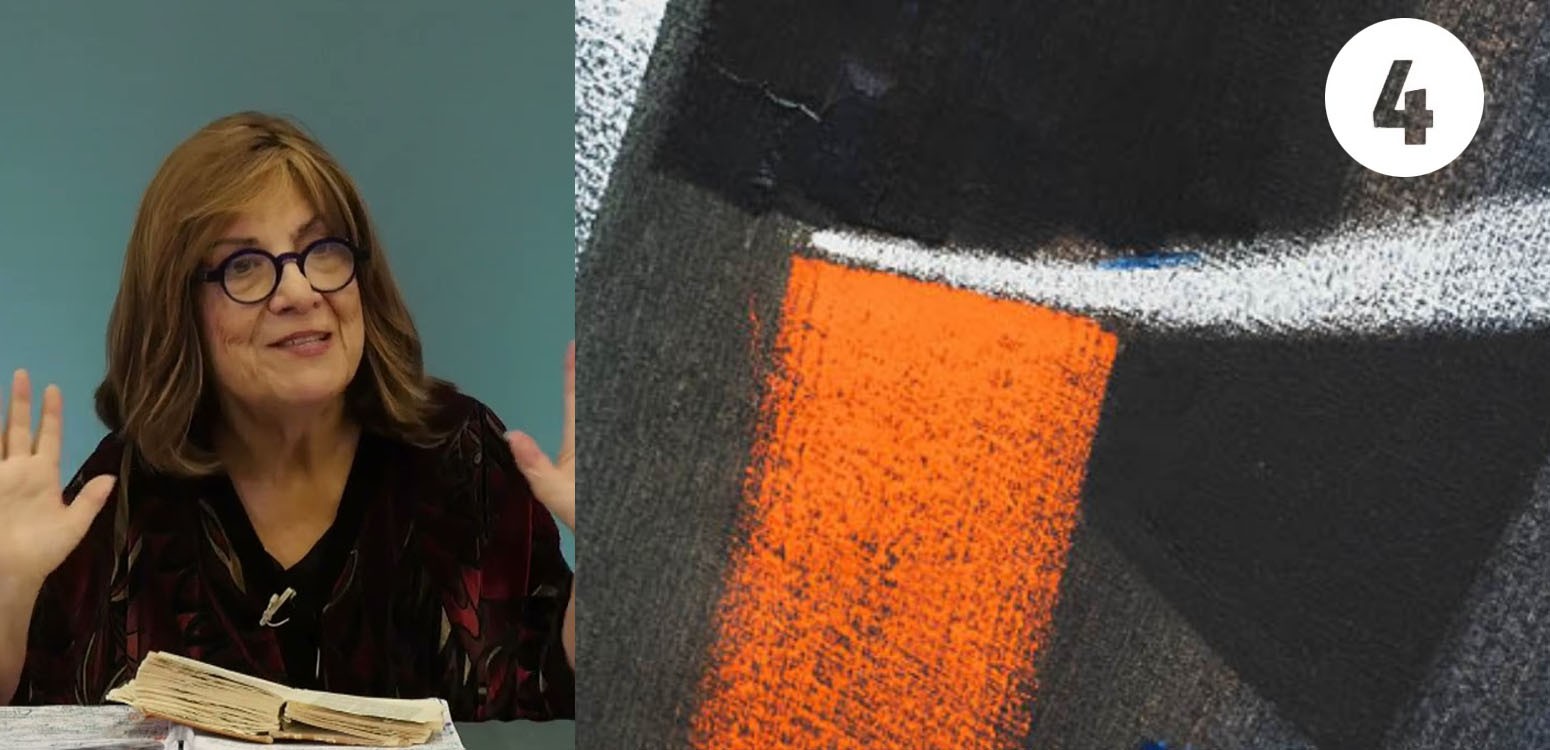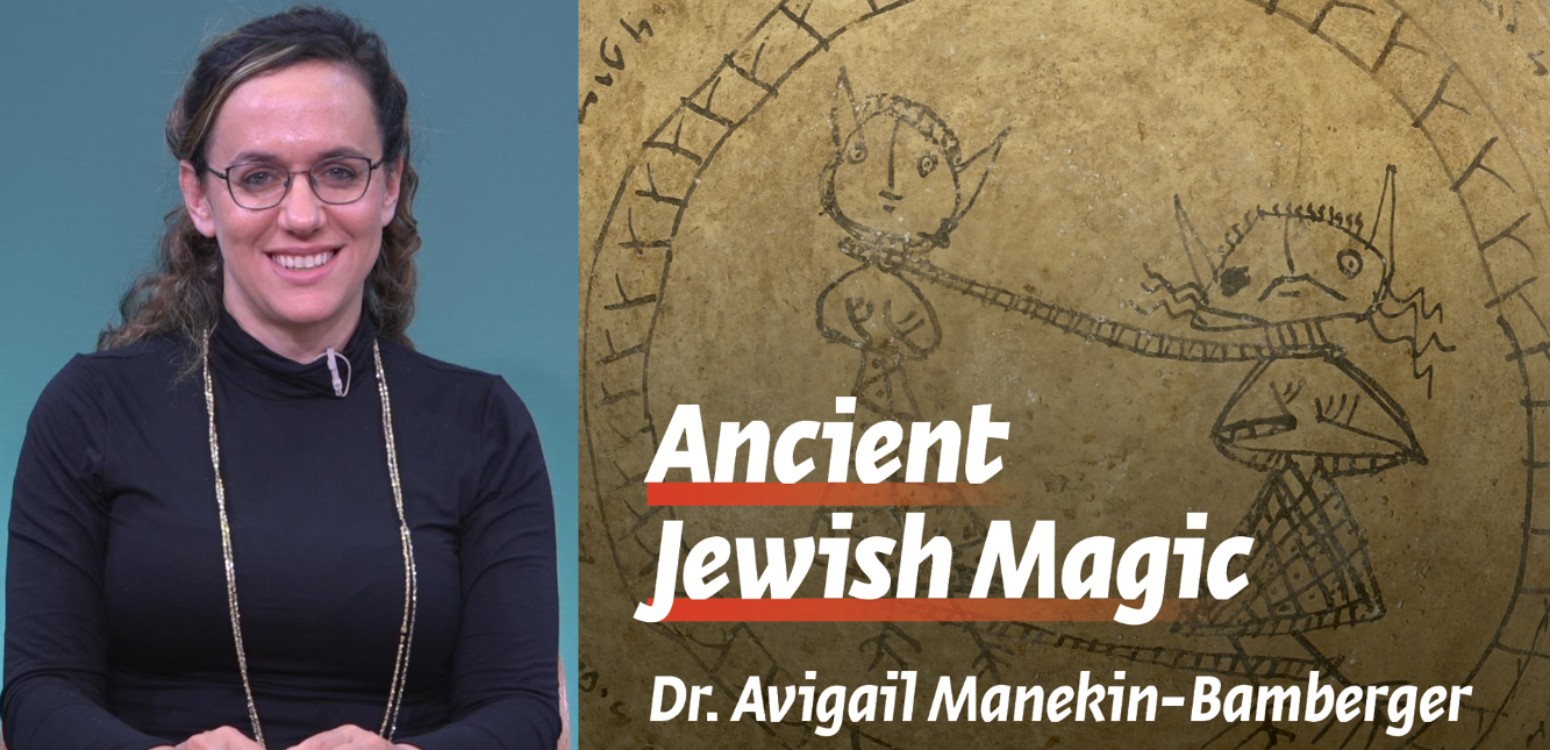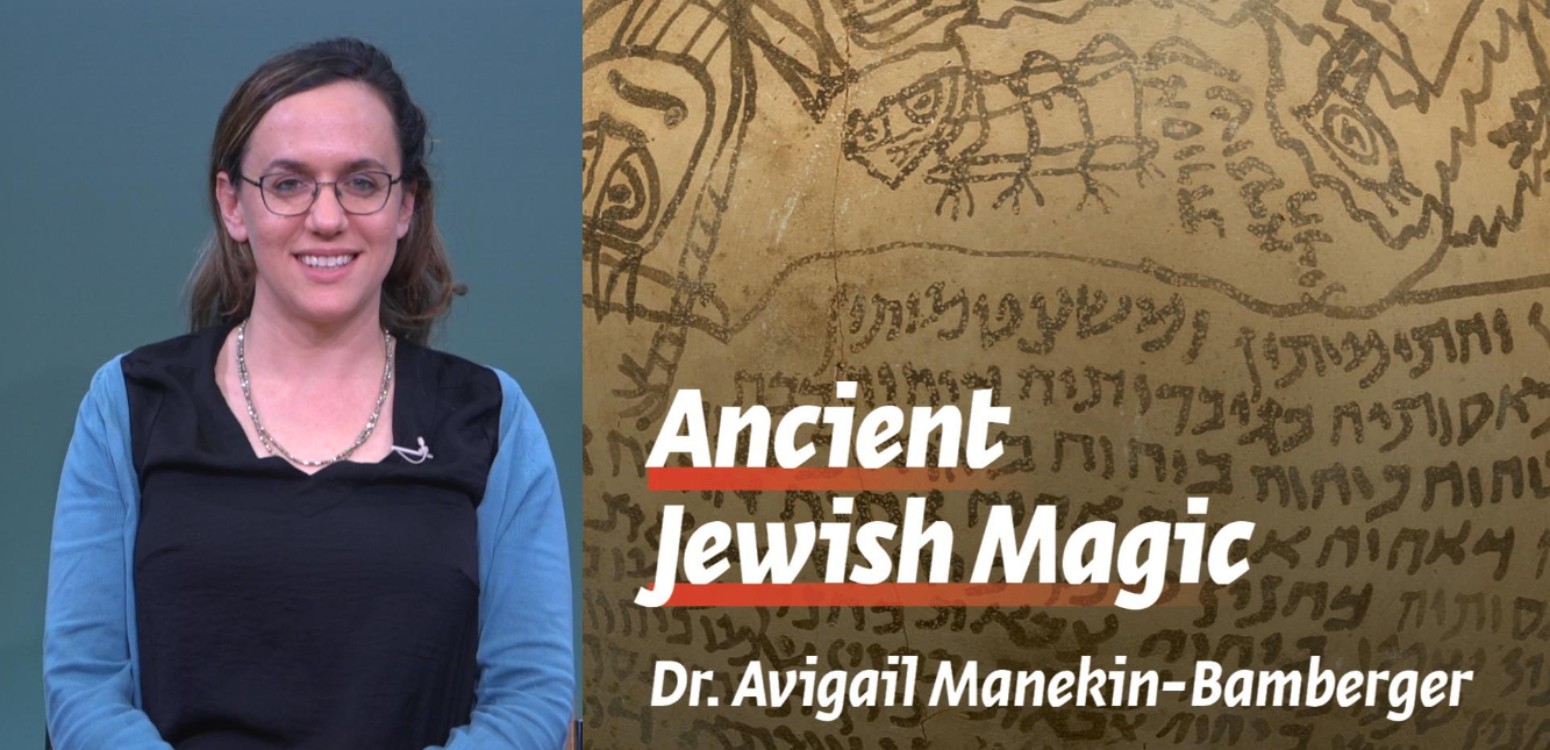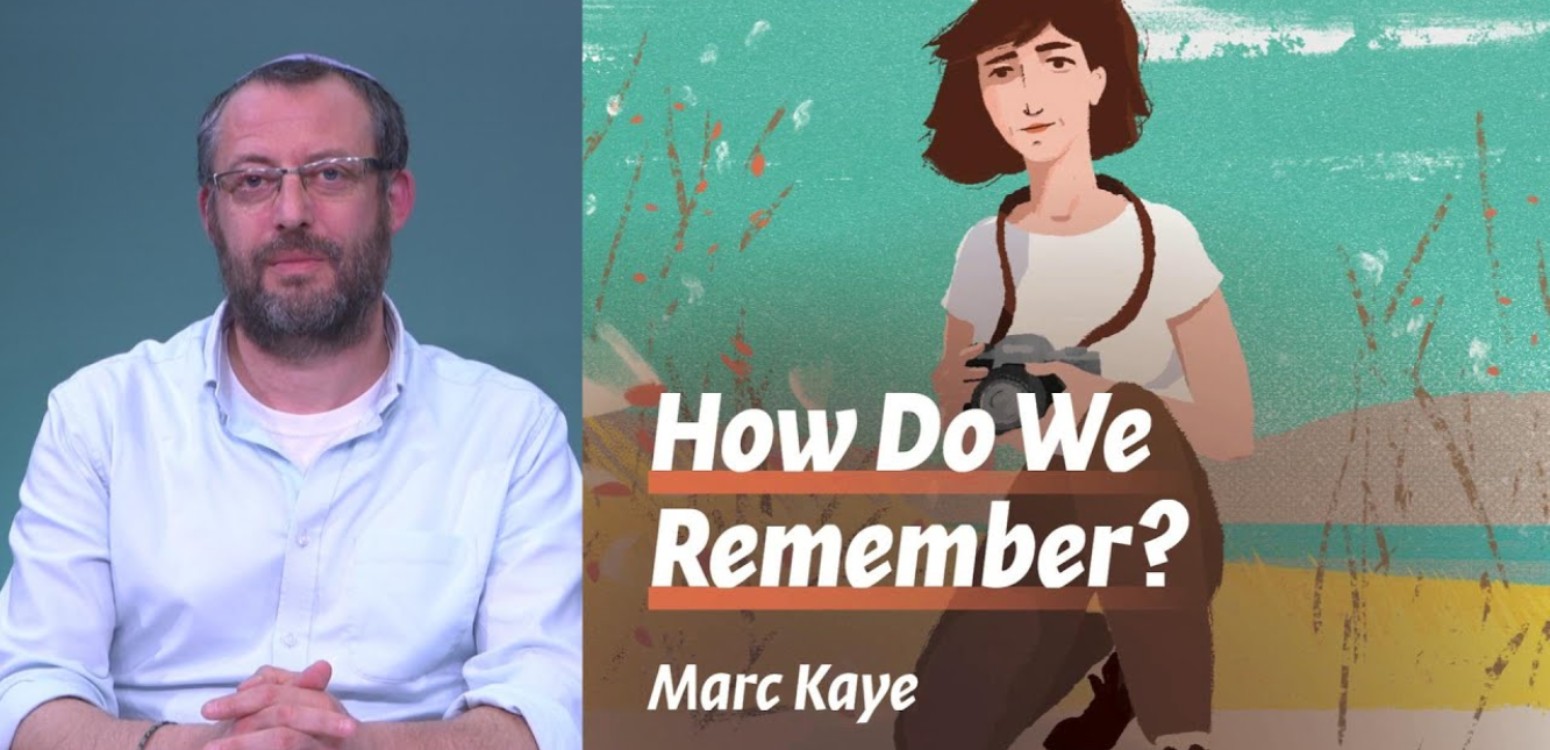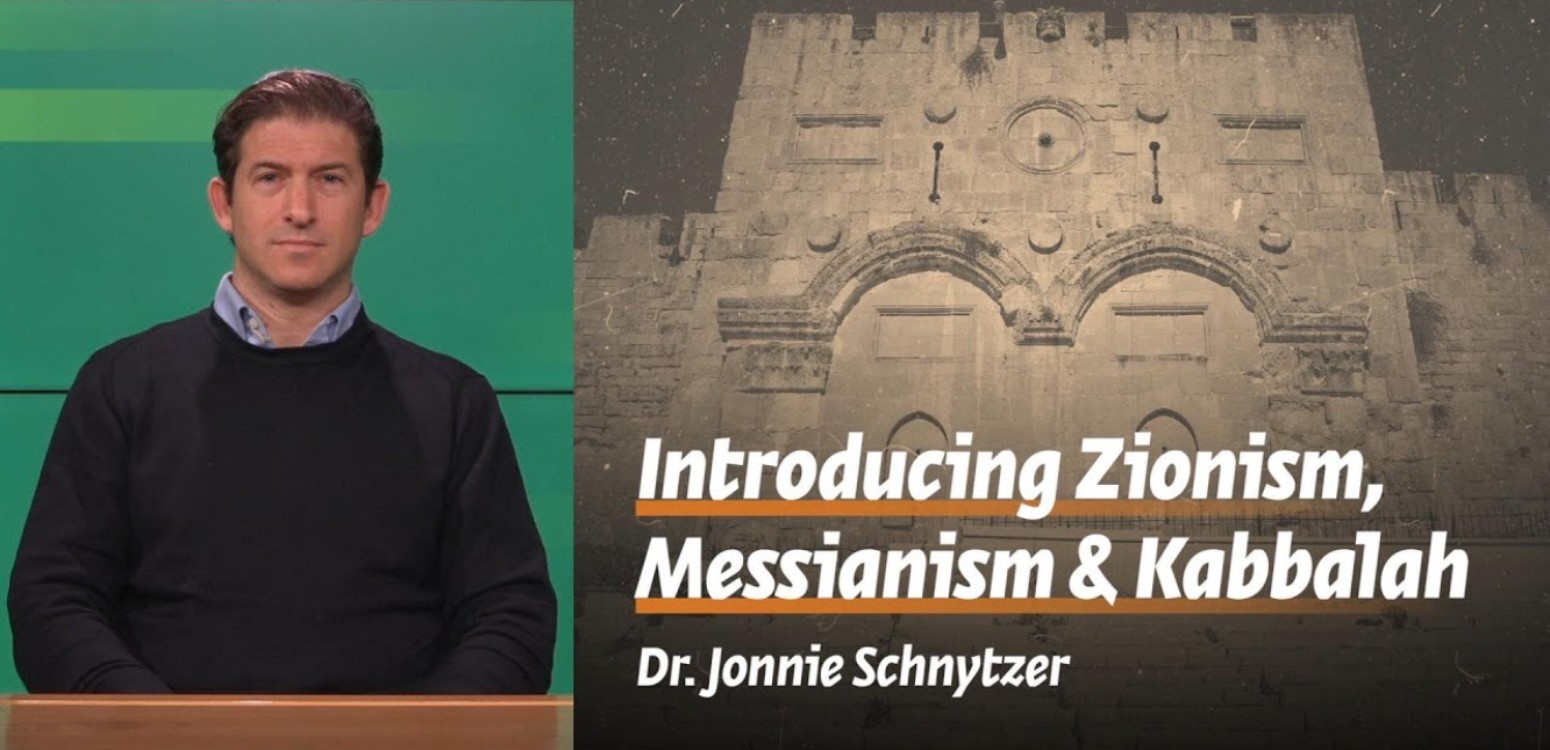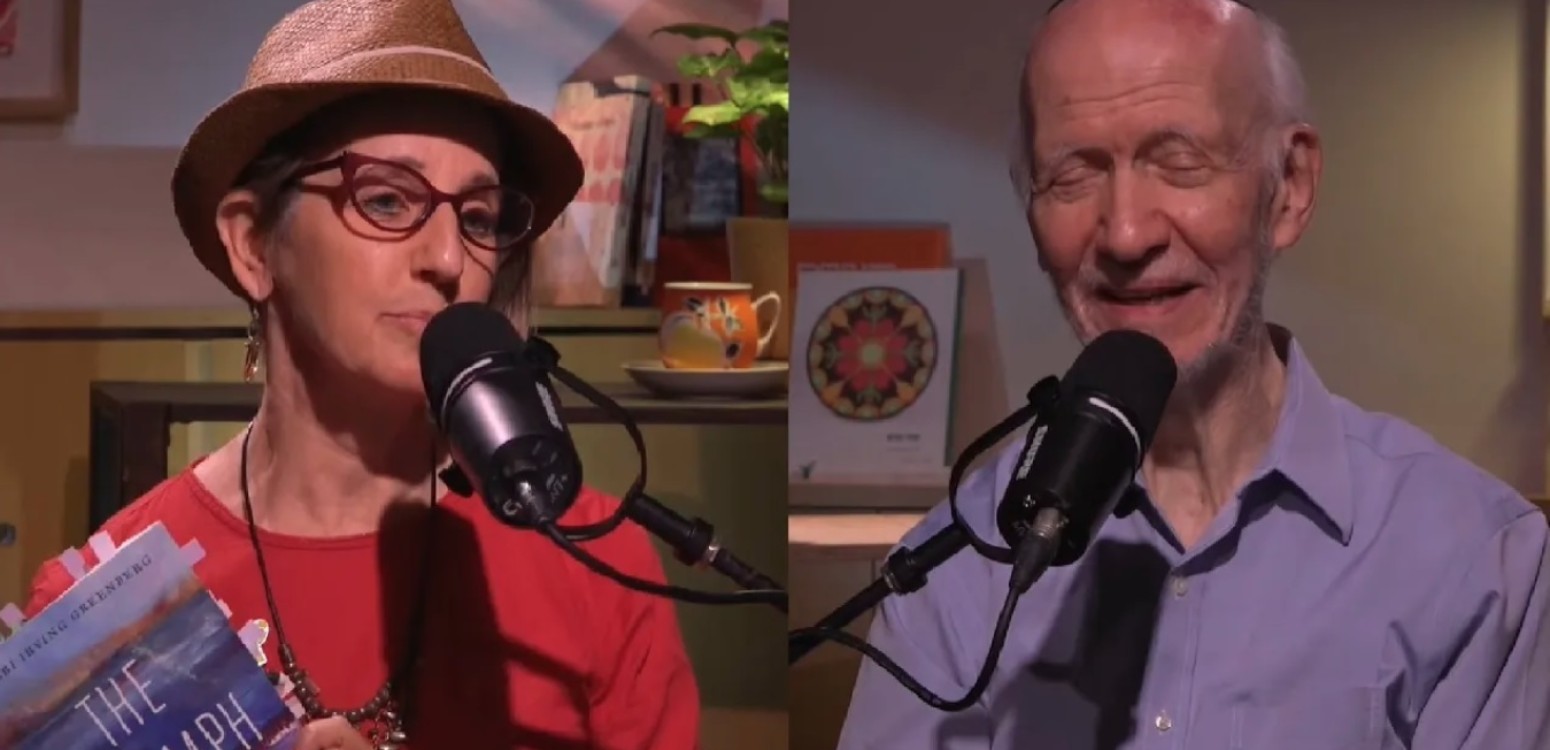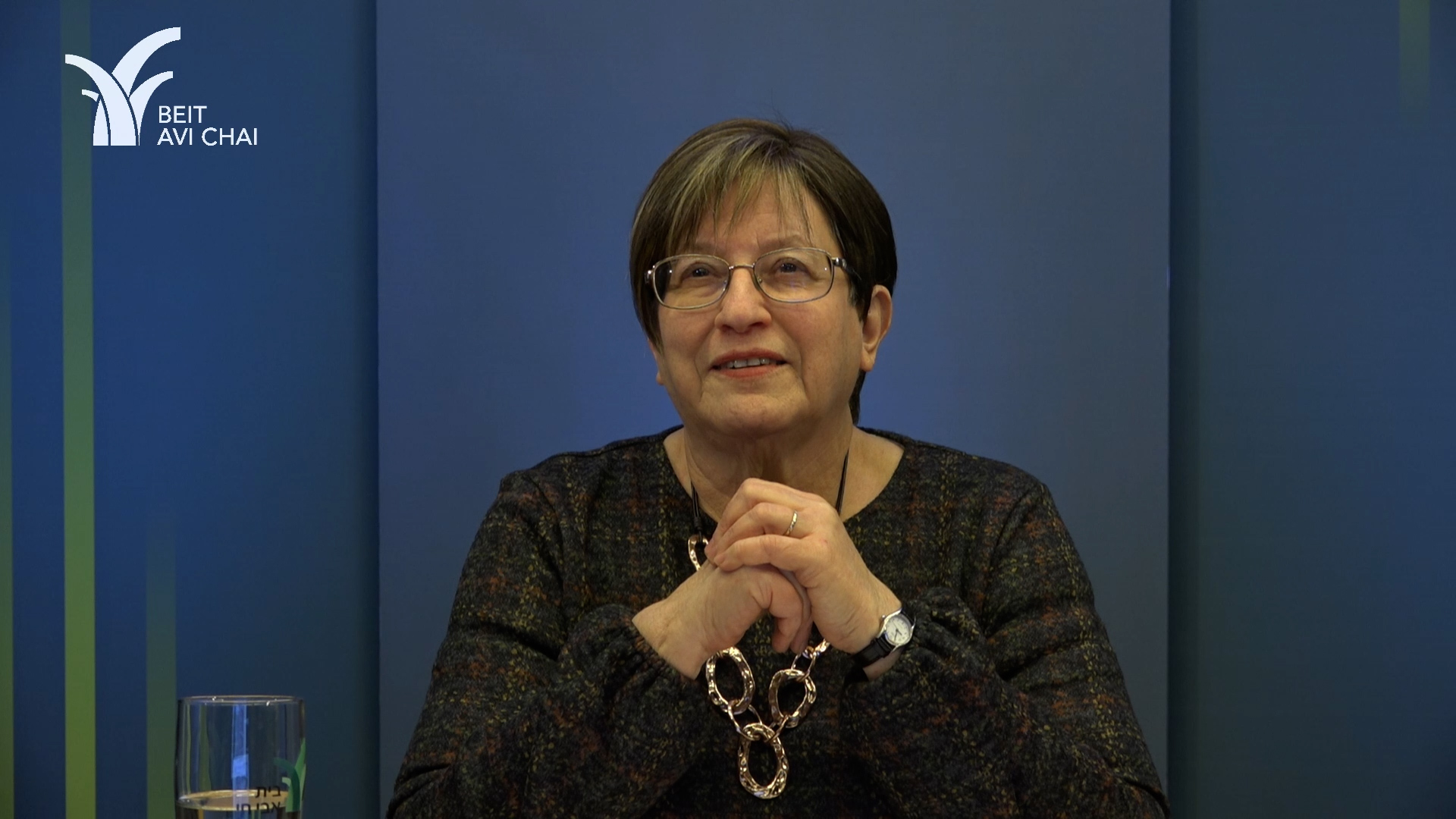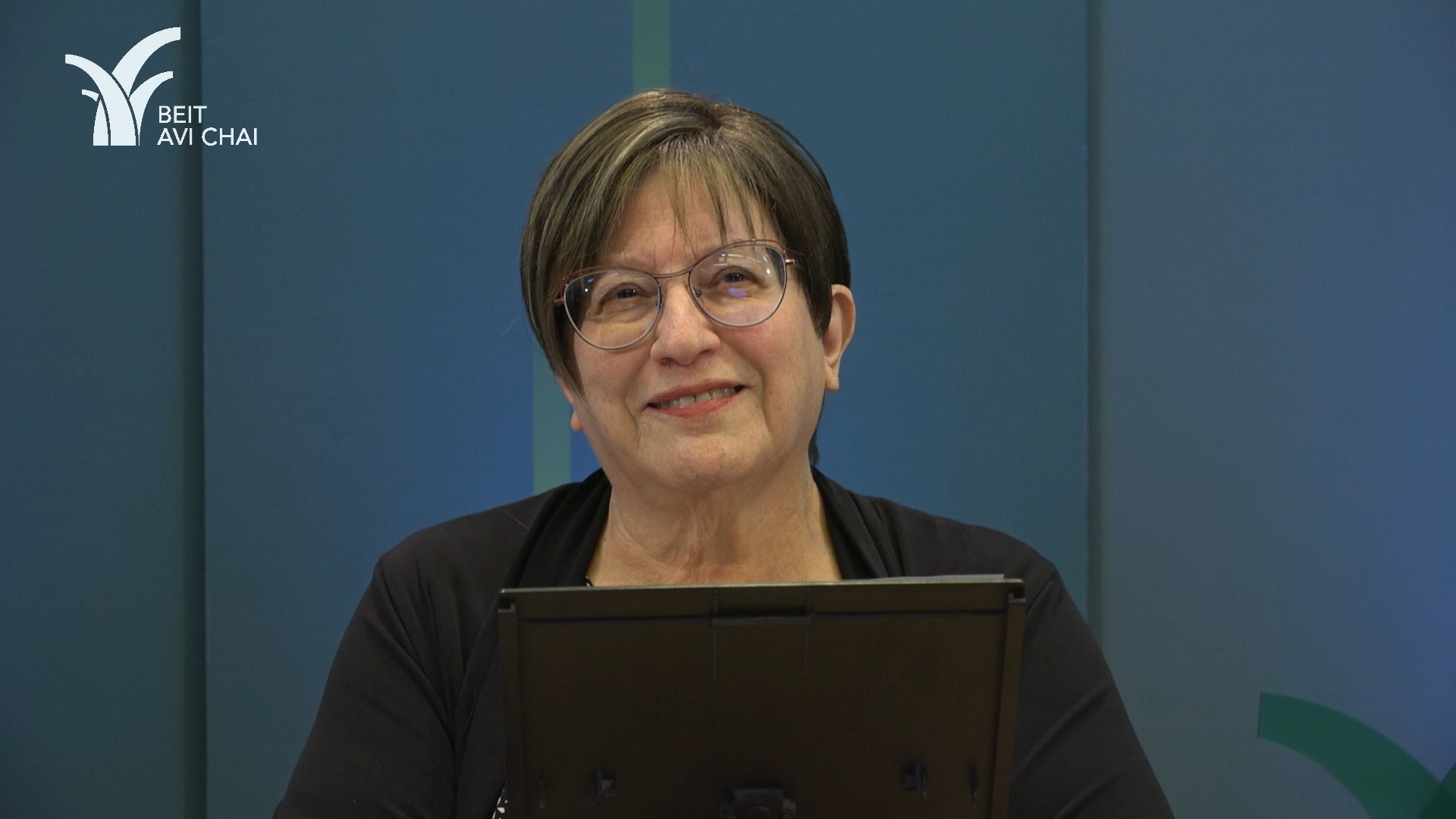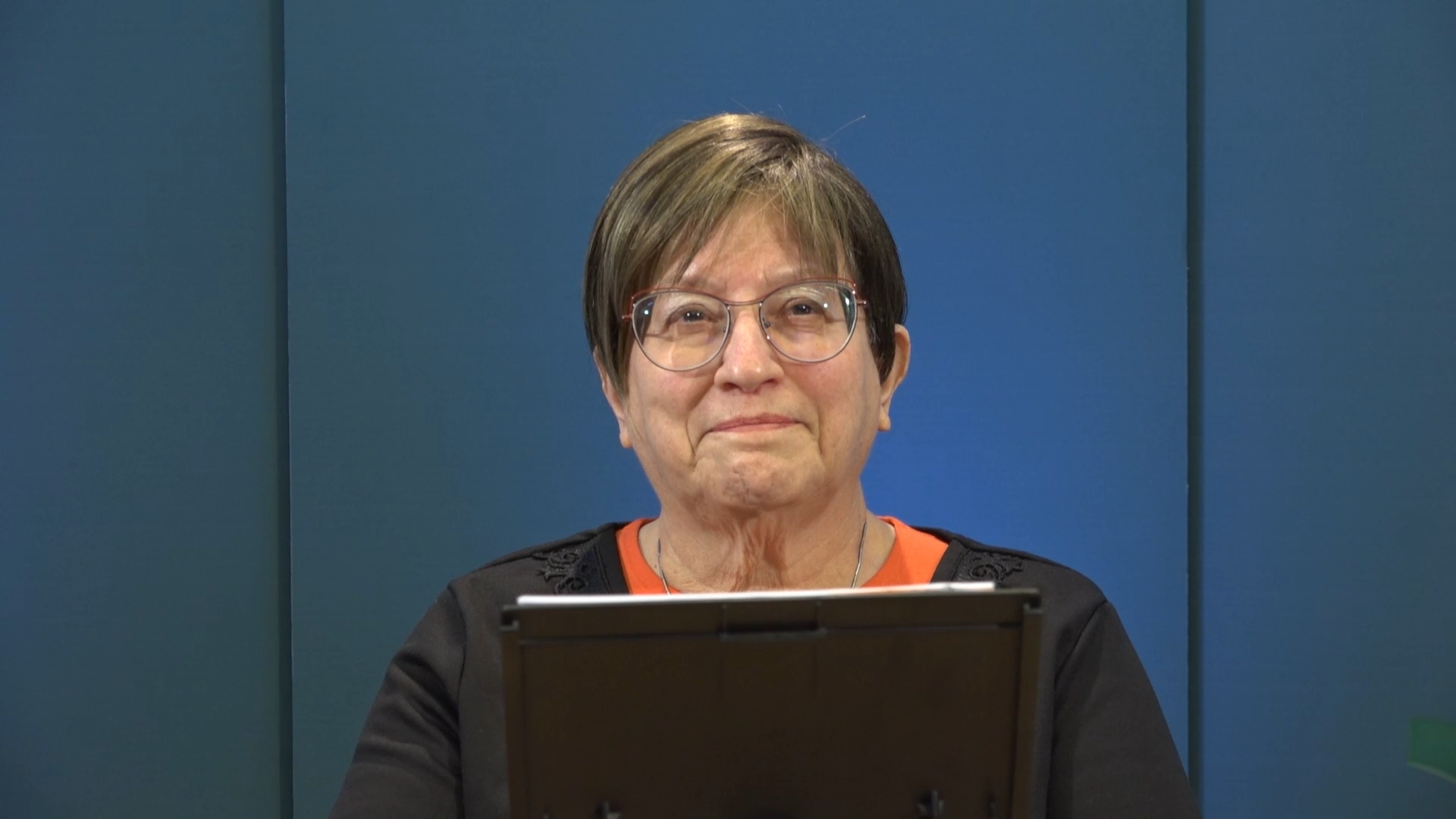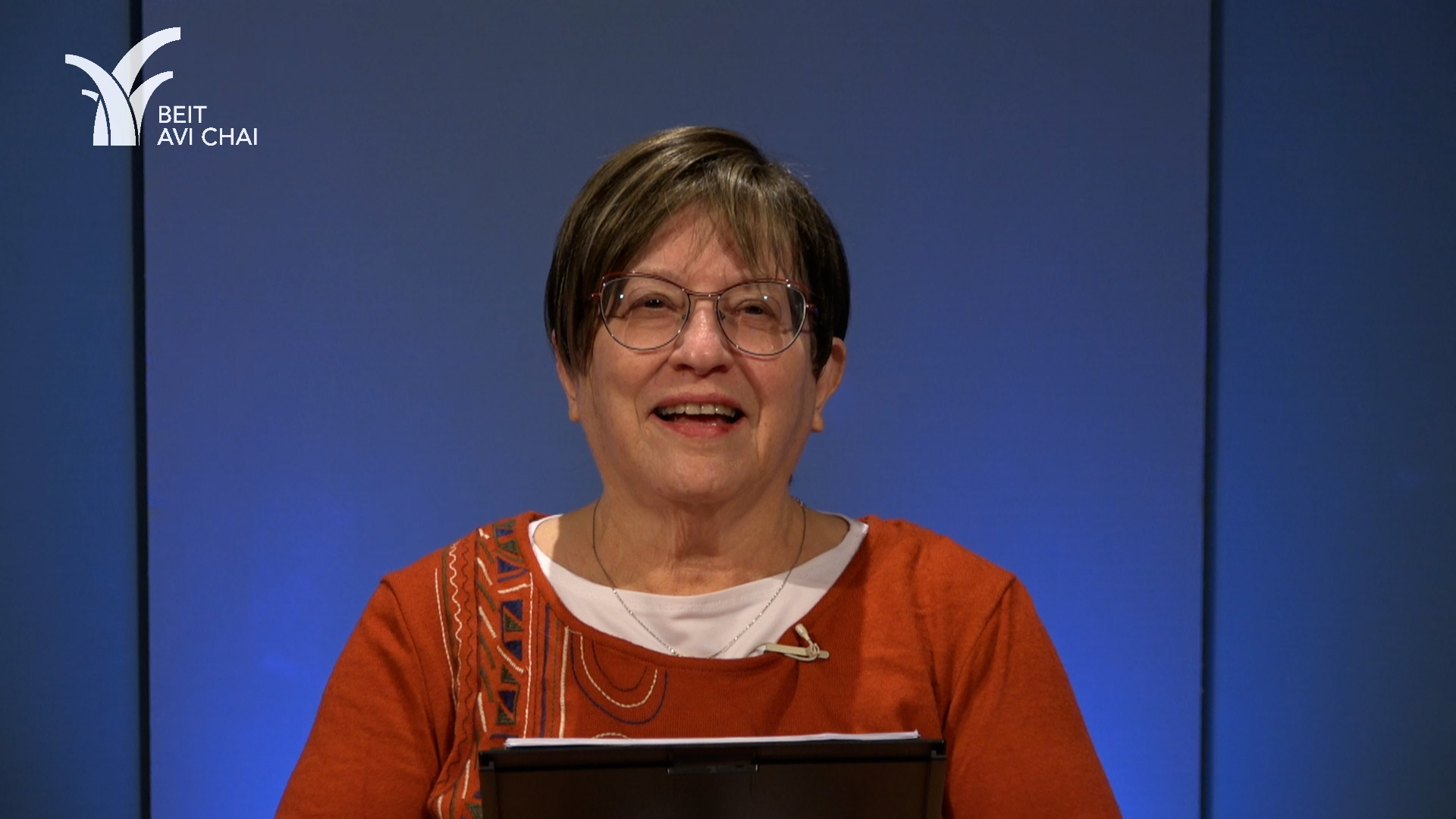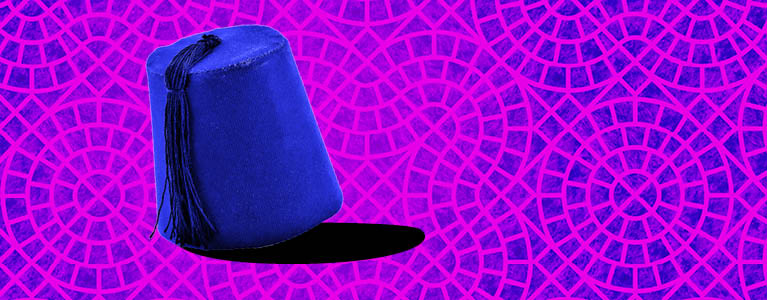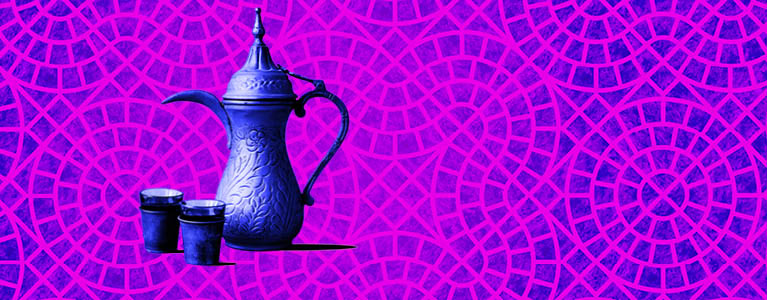
The heavenly Jerusalem of prayers often conflicted with the earthly Jerusalem, which the new and veteran immigrants faced daily. Increasing and diversified waves of immigration brought hundreds of Jews to the country weekly, and rabbinic and lay leaders had to cope with new challenges, together with political and economic transformations of the 19th century Ottoman Empire. Jews settled not only in Jerusalem, but in the other Holy Cities of Safed, Tiberias, and Hebron and increasingly in the developing port cities of Haifa and Jaffa. Sephardi communities varied in each of the towns and cities, not only in demographic composition, but also in their communal structures and relations with the Ashkenazi Jewish communities and the Muslim majority.
Sunday | February 13 | 8pm (1pm EST)
Up to 1880's well over half of the Jews residing in the Land of Israel/Palestine were Sephardi and/or came from Muslim countries. Eurocentric Jewish and Zionist historiographies, however, have often overlooked or marginalized these Jews and their activities.
This four-part series will shed light on the multi-faceted relationships of Jewish communities in the Middle East and North Africa (MENA) with the Holy Land and their presence in the Land. Although the focus of the series will be on those Jews who lived in 19th and early 20th century Palestine, these were never disconnected from Diaspora Sephardi and Arabic-speaking communities and/or their communities of origin. Eretz Israel was always an integral part of the Middle East.
עוד בבית אבי חי


